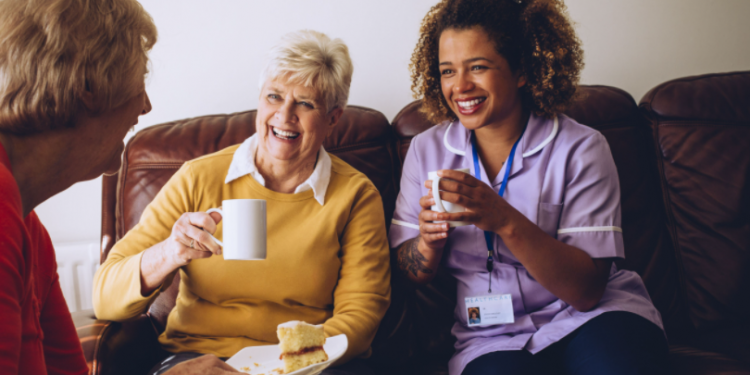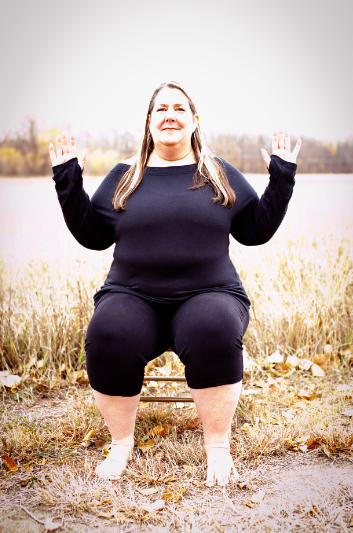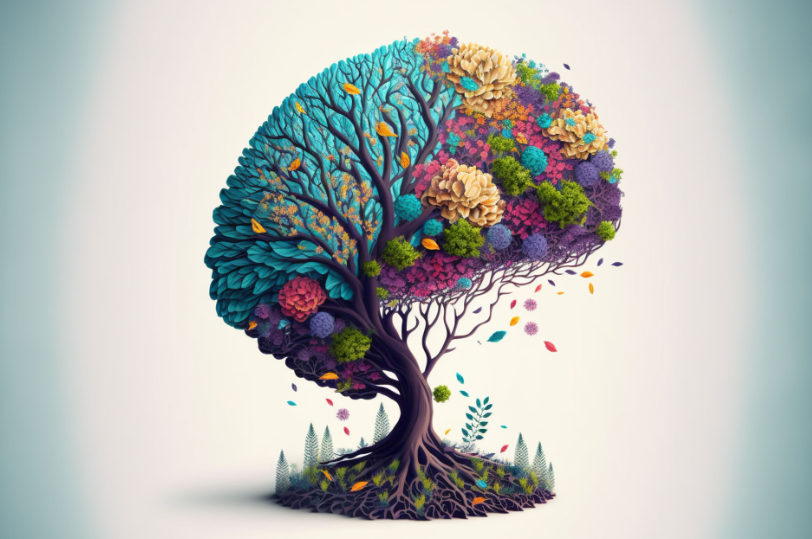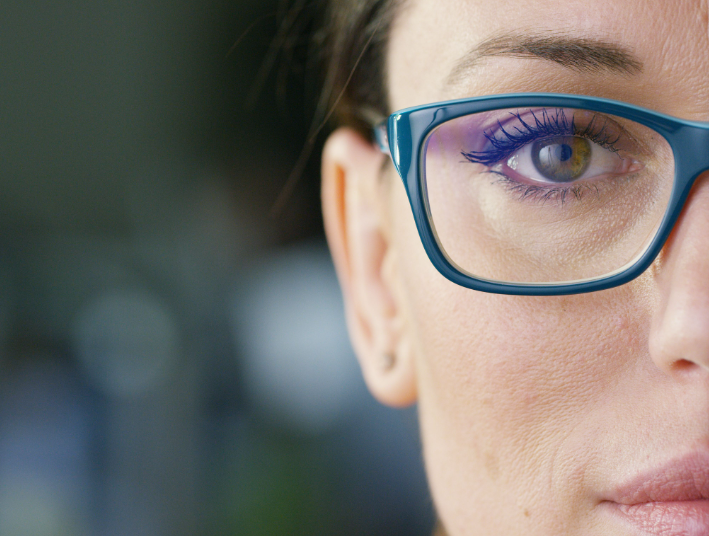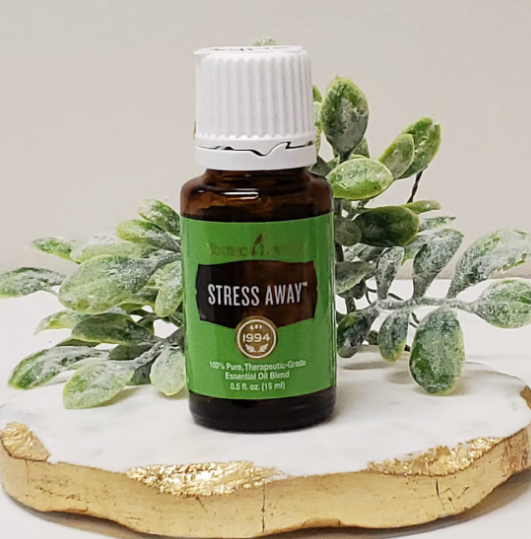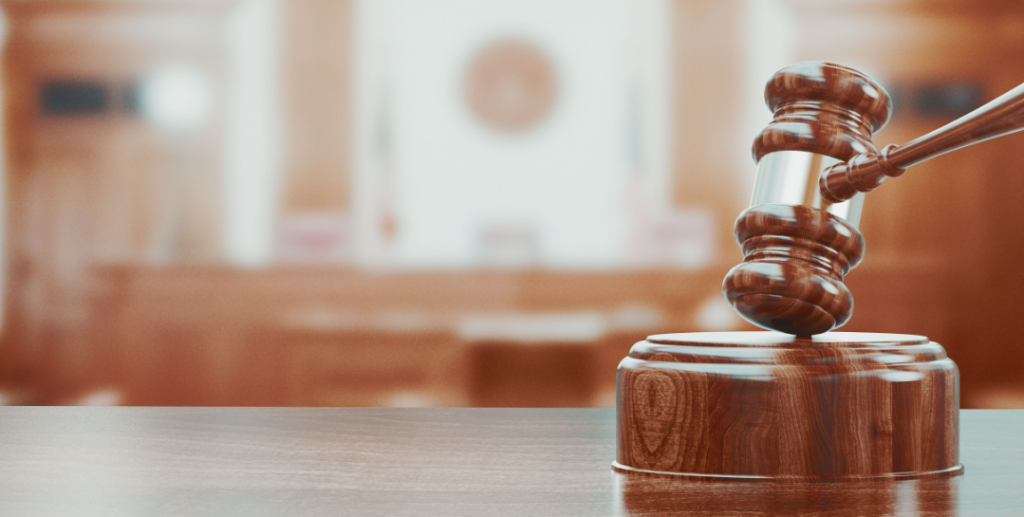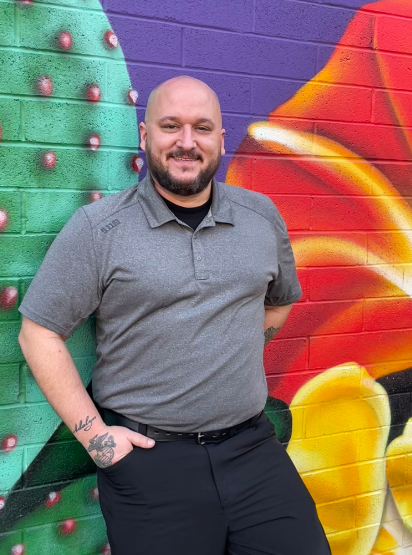By Deborah Zelinsky, O.D., Executive Research Director: The Mind-Eye Institute
Attention to detail is one of the most important duties that a caregiver can undertake in assisting recovery of a patient who has suffered a traumatic brain injury (TBI). The caregiver must be able to recognize variations – slight as they may be – that occur in a patient’s physical, mental, and emotional status, and behavior following the injury.
The reason is simple. Brain trauma interferes with visual processing, and abnormal visual processing can affect a patient’s decision-making, awareness, posture, and movement in diverse — and sometimes not entirely obvious — ways during both the short and long term. The slightest alteration in a way a person walks, tilts and moves the head, rotates, or positions an item (in relation to where he or she is standing or sitting) may signal a notable change in brain function. Such changes are what the caregiver needs to note in order to aid the patient’s health care professional in determining the next best steps in recovery.
Indeed, researchers writing in a June 2021 edition of the Journal of Clinical Medicine conclude that “anyone involved in the patient’s support [including the caregiver] should be viewed as [a] stakeholder in the recovery process. An in-depth and broad understanding of the medical and social ramifications of TBI should encourage caregivers to actualize the value of their interactions and lead the way toward the best outcomes.”
As I have indicated previously in this magazine, visual processing is the simultaneous ability of the brain to take in external sensory signals (from eyesight, hearing, smell, taste, and touch) at all levels – unconscious, subconscious, conscious, meld them with internal sensory signals, and process the information. The processing of internal and external signals results in several types of movements that a caretaker can observe. Some movements are reflexes, others are habitual, and still others are purposeful.
An astute caretaker also can observe the patient exhibiting anticipatory movements. For instance, you walk in with a meal on a tray, and you observe the patient starting to reposition himself or herself in bed to sit up and eat. The visual input of the meal triggers the anticipation of needing to sit up. Intact visual processing requires central and peripheral eyesight to function in synchronization with listening and all other sensory inputs. When visual processing becomes dysfunctional due to concussion, TBI, stroke, or other neurological disorder, so does one’s understanding of – and responses to — the surrounding environment. Having the big picture of understanding is necessary for organizing, planning, and making decisions.
With that in mind, what specifically should the caregiver be looking for? I call it the three A’s – patient awareness, attention, and adaptability. Here are questions that caregivers of TBI patients should be considering and for which they should be closely observing and noting when any sudden or gradual changes occur:
Awareness
Which section(s) of surrounding space is the patient aware of in any given environment? Where does he or she tend to sit – or does the patient prefer to stand? If sitting, does the patient grasp both arms of a chair in a tense manner or place hands folded in the lap. Are the patient’s shoulders hunched or do they appear relaxed? Does the patient normally sit near or against a wall or more so in the middle of the room? Is the patient more at ease in a larger space or smaller space? Does movement in the area bother the patient? Will the patient become stressed if someone walks behind him or her? What if someone is walking past the patient. Do the patient’s eyes follow movement to the right? To the left? What about room clutter? Does clutter overwhelm the patient’s senses? Is the patient at all aware of your (caregiver’s) presence in the immediate area? What makes the patient nervous?
Now watch the patient’s posture when sitting or standing. Does the patient tilt his or her head? If so, in which direction – right or left? If sitting at a computer, does the patient keep the screen directly in front of the face or move it to the side? Is the monitor tilted toward the patient or away? If reading, does the patient keep the book or magazine flat down in front, tilted upwards, or to the right or left? In other words, YOU can pay attention to where the patient places mental attention and observe what sensory cues elicit reactions and responses.
Attention
Does the patient still enjoy the same interests and hobbies that he or she had prior to the head injury, such as reading, sewing, cooking? How long does the patient remain engaged in any activity – a couple minutes or a much lengthier stretch of time? How much attention does the patient give to items within his or her immediate area, such as a painting or knick-knack recently hung on a wall? Is the patient even aware of the painting or knick-knack? How much time does a patient spend in any given space – an hour or just 10 minutes and then the patient is out of there? Does the patient watch television briefly, flip through the channels, or actually sit through an entire program? Do movies interest the patient? Does he or she watch a movie or get quickly bored with it and move on to something else? When paying attention to something, is the patient looking at details or just staring at a shape. When the patient’s attention is engrossed in a task or object, does he or she lose awareness of surroundings?
Adaptability
In determining patient adaptability to change, the caregiver must take a more active part. Certainly, the ability of the patient to tolerate space that has just been repainted, reorganized, de-cluttered, or equipped with new furniture – that old familiar couch is gone – should be duly noted. However, the caregiver also should challenge the patient by purposely positioning familiar items in different ways within a known space, creating movement around the patient, or simply changing the patient’s entire environment – from the home kitchen to an outdoor restaurant dining location, for example. Simply making the patient sit in different locations when watching television forces the brain to readapt. Sometimes the television will be on the patient’s right and, at other times, on the left. The visual processing pathways are routed differently when items are placed in different locations relative to the patient. As a caregiver, you might find that the patient is better able to adapt when people stand, or movement occurs, on a particular side.
Caregiving Challenging, Yet Gratifying
The brain has enormous capability to repair, reconstruct, and replace pathways. At the Mind-Eye Institute, we have enjoyed considerable clinical success in restoring comfort and relief to patients by applying new discoveries in neuroscience to assess patients’ visual processing capabilities on every level. With highly individualized eyeglasses designed for balancing eyesight with comfort, we vary the amount, intensity, and angle of light dispersed on the retina. Prescriptions of this kind are often able to resynchronize a TBI patient’s sensory inputs, particularly eyesight and hearing, as well as help the patient’s brain build new informational pathways through change and rehearsal.
Authors of an article in a 2010 issue of the Journal of Neurotrauma described TBI as simply the “beginning of an ongoing, perhaps lifelong process,” one that may call for “a long period of observation, supervision, and care.” It is in doing such – observing, supervising, and, of course, challenging the patient – where caregivers play their most critical roles.
Being a caregiver is a difficult, sometimes thankless, yet often gratifying position, involving commitment and energy. It is a career that is so important and worthwhile. I hope the information presented here will be helpful to people working to provide a better life for those in need.
Remember: Your observations and work play a major role in patients’ futures. Recall what the airlines teach us prior to most flights: Put on your own oxygen mask before placing one on your child or loved one. The concept for the caregiver is the same. Make sure YOU are not running yourself ragged to help the patient. Take time for yourself to de-stress on occasion and know that no one is ever the same after a head injury. The acronym TBI is typically defined as “Traumatic Brain Injury,” but Louise Mathewson, a brain injury survivor and wonderful poet, renamed it “Transformed By Injury!”
Deborah Zelinsky, O.D., is a Chicago optometrist who founded the Mind-Eye Connection, now known as the Mind-Eye Institute. She is a clinician and brain researcher with a mission of building better brains by changing the concept of eye examinations into brain evaluations. For the past three decades, her research has been dedicated to interactions between the eyes and ears, bringing 21st-century research into optometry, thus bridging the gap between neuroscience and eye care.

